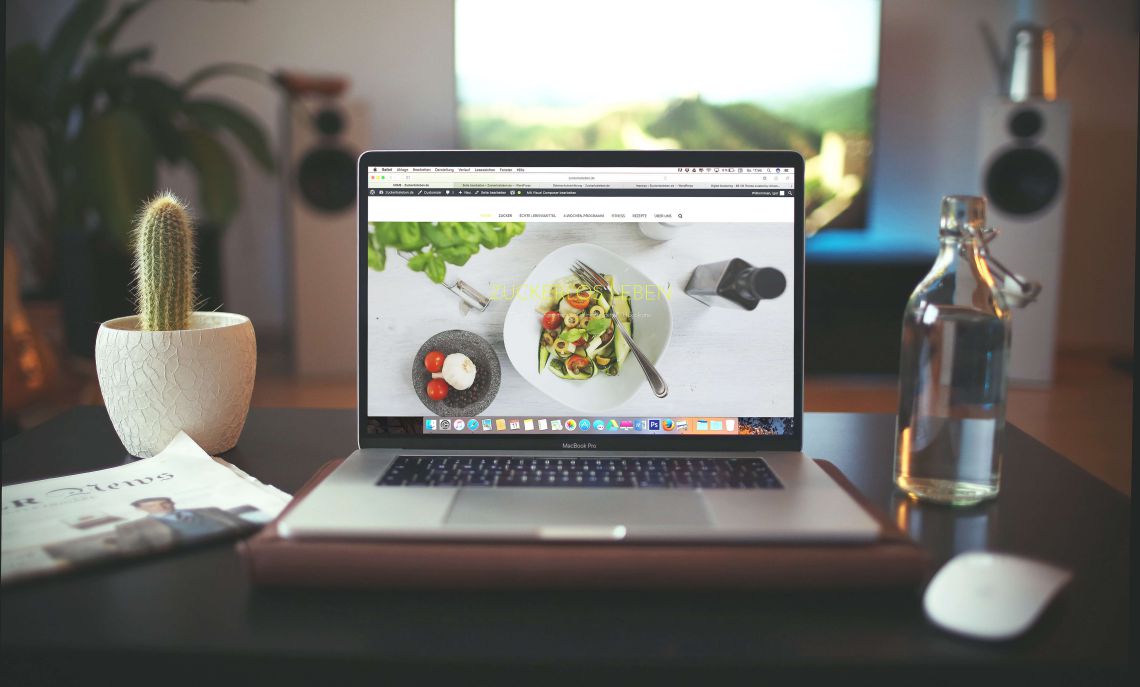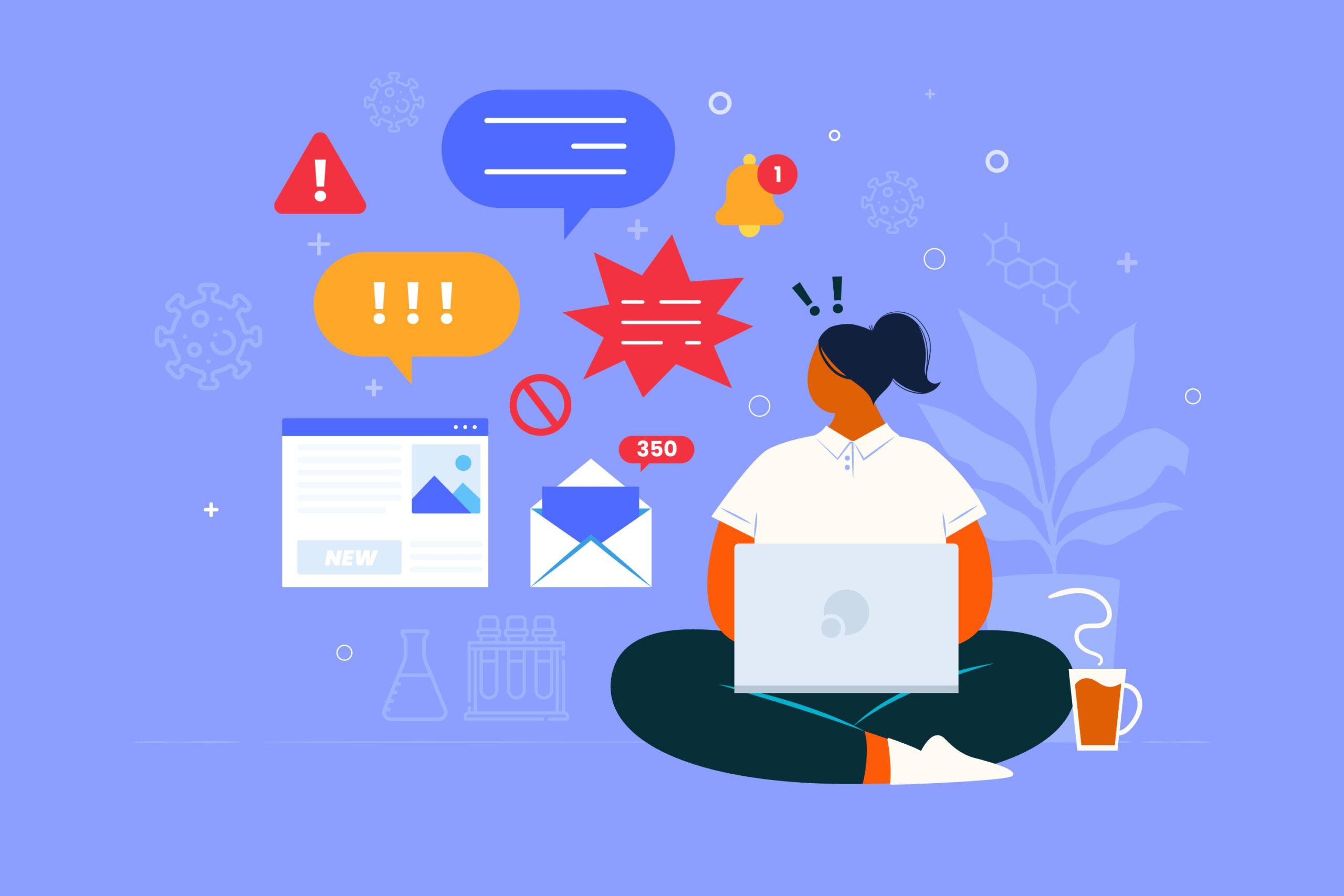Online marketers mistakenly assume that the homepage is the entry point to their website. Practically, it is the entry point. But there needs to be better planning when a landing page is designed. There needs to be coherence between what a user is searching for, what they see on the ad, and what they are served on the landing page.
Eliminating anything that can serve as a roadblock to a user completing their journey down your conversion funnel has a direct impact on your PPC campaigns. A landing page removes the first roadblock – decision making. A user can read what a business has to offer, identify the company logo, and click on the CTA to initiate the sales process.
The higher the percentage of users finishing the journey down your sales funnel, the higher the value of your visitors entering your sales funnel becomes. This ultimately increases the price you can pay-per-click from your campaigns. A recommended practice is to have landing pages dedicated solely to the sales funnel that they are receiving traffic for and to eliminate any links to any part of the site that takes the user away from the path to purchase.
A user looking to buy a new dinner set doesn’t need to see a link to your ‘about us’, ‘jobs section’, or a blog article about your company’s fun day outing. You must remember that you have this user’s attention for a short time. The internet is full of distractions. Keep them on task as much as possible.
People can decide to leave your landing page within a fraction of a second. Simple mistakes in the layout can cause a user to bounce before reading a word of text. It is important that the components of your landing page are properly aligned with invisible lines that snap to a grid. If it doesn’t, have your designer fix it. A good web designer should understand this concept.
Next, it’s important that the page headline clearly reflects what the user is looking for. If you are targeting users that are at the bottom of the decision-making funnel, and are ready to take action, you do not need long sales copy. They know they want it. Too much text will only distract them. Your landing page needs to show them that you have what they are searching for. Give them a reasonable price they are willing to pay.
User testimonials, seller ratings, as well as money-back guarantees are ways to relax user anxiety and earn trust. If your landing page is selling something that attracts users higher up on the decision-making funnel, or selling users a service that isn’t as well defined as a specific product, you’ll need a bit more sales copy.
Your sales copy needs to serve the potential customers reading it, not yourself. Too much information about how great you and your staff are can hurt. Instead, focus on how you and your highly professional team are there to help them with a clear plan for success.
A clear call to action leading the user to the next step in your funnel is very important. Having ‘calls to action’ that lead users to other paths can be a mistake. A call-to-action to subscribe to your email newsletter can distract from the call to action to add the product you’re selling to a shopping cart.
The only way to produce the best landing page for your sales funnel is by tracking user performance and testing other variations. What may work for one user, may not necessarily work for another. You may try different layouts, different headlines, or even different colours in the call to action. Additionally, comparing the results of different images on the page can also factor in your results.
If you have qualified traffic coming into a sales funnel that you aren’t testing, then you are losing an opportunity to learn from that traffic. A/B testing your landing pages and funnel can make the difference between your PPC effort turning into a money pit or one that makes your business successful.







